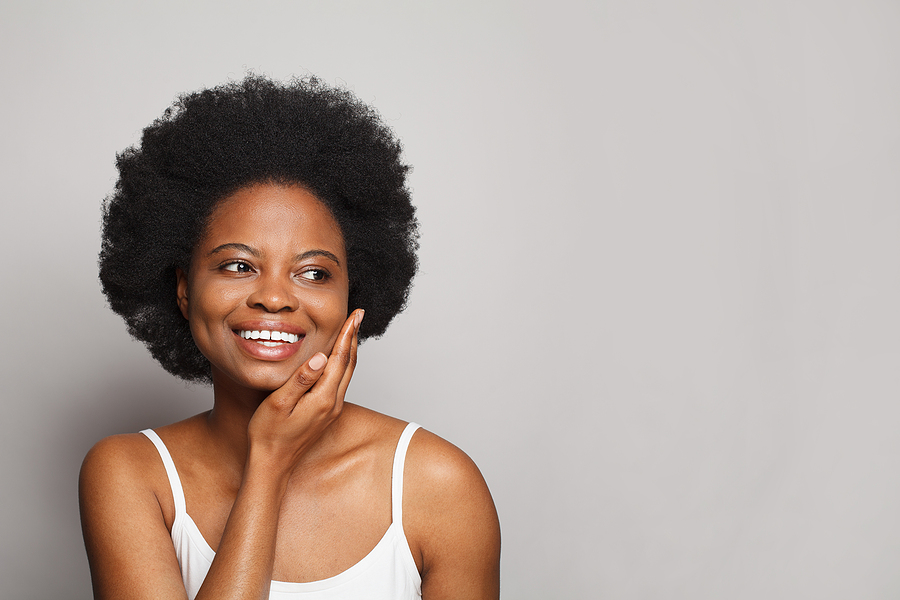
Botox: The Cosmetic Use of Botulinum Toxin
Do you want to achieve a more youthful and radiant appearance? Look no further than Botox, the cosmetic use of botulinum toxin! This innovative treatment has become increasingly popular in recent years for its ability to reduce the appearance of fine lines and wrinkles. In this blog post, we'll explore the different cosmetic uses of Botox and why it's worth considering as part of your beauty routine. So sit back, relax, and get ready to learn all about the wonders of Botox!
Botox is a brand name for botulinum toxin, a neurotoxin produced by the bacterium Clostridium botulinum. It blocks the signals between nerves and muscles, causing temporary paralysis of specific facial muscles that cause wrinkles.
The treatment involves injecting small amounts of Botox into targeted areas of the face using fine needles. The procedure typically takes 10-15 minutes to complete, depending on how many areas are treated.
It's essential to note that Botox should only be administered by qualified professionals who have extensive experience in cosmetic treatments.
The Different Cosmetic Uses of Botox
Botox has become a popular cosmetic treatment due to its ability to reduce the appearance of fine lines and wrinkles. However, this neurotoxin can be used for more than just anti-aging purposes. Here are some different cosmetic uses of Botox:
- Brow Lift: Botox can be injected into specific muscles around the eyebrows to give a lifted and more youthful appearance.
- Jawline Slimming: By injecting Botox into the masseter muscle, which is responsible for chewing, can help slim down the jawline.
- Excessive Sweating: Botox injections in areas such as underarms or palms can effectively control excessive sweating by blocking nerve signals that trigger sweat glands.
- Migraine Relief: Studies have shown that Botox injections every 12 weeks may significantly reduce migraine frequency and severity.
- Gummy Smile Correction: Injecting small amounts of Botox into the upper lip helps relax overactive muscles that cause an excessively gummy smile.
Botox's versatility allows it to be used for various treatments beyond traditional anti-aging ones, making it a valuable option for many individuals seeking cosmetic improvements.
While Botox is most commonly used to reduce the appearance of wrinkles around the eyes (crow's feet), forehead lines, and frown lines between eyebrows, it can also be used for medical purposes such as treating migraines and muscle spasms.
Conclusion
Botox has become a popular cosmetic treatment due to its effectiveness in improving the appearance of fine lines and wrinkles. However, it is important to note that a licensed medical professional should only administer Botox.
The process for administering Botox involves several steps, starting with an initial consultation with a qualified practitioner who will assess your suitability for the procedure and discuss your desired outcomes. You may be advised to avoid certain medications or supplements that could increase the risk of bleeding or bruising. The patient's medical history is evaluated to ensure they are suitable candidates for Botox injections. The dermatologist will also discuss potential side effects and explain how to prepare for the treatment adequately.
A topical anesthetic cream may be applied during the procedure to numb the injection site slightly. Then, using an ultra-thin needle, tiny doses of Botox are injected into targeted facial muscles responsible for causing expression lines such as frown lines and crow's feet. This process typically takes only a few minutes and is generally well-tolerated by patients.
After the procedure, you may experience mild swelling or redness at the injection sites, but this should resolve within a few hours to days. Your practitioner will provide detailed aftercare instructions to help minimize any discomfort and ensure optimal results from your treatment.
Patients should avoid rubbing or massaging their face for at least 24 hours after receiving Botox injections because this could potentially cause botulism to spread beyond where intended; however, mild swelling or bruising may appear around injection sites but usually subsides within a few days or up to two weeks in rare cases.
Remember that beauty comes in all forms and sizes – so if you choose not to pursue cosmetic treatments like Botox, that's perfectly okay too!
